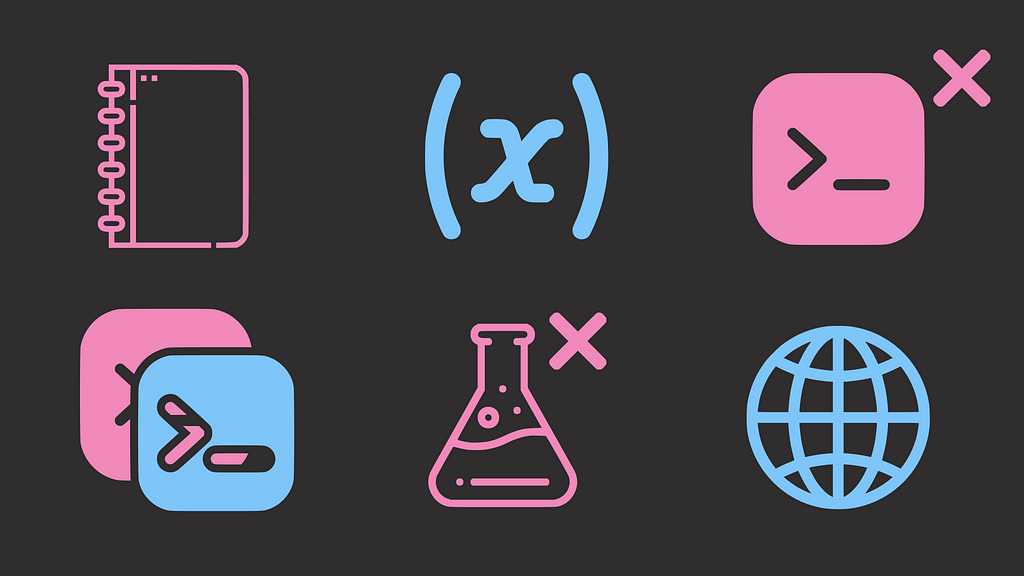The text discusses common challenges encountered in data science projects and provides practical solutions to address them, such as writing maintainable and scalable code, utilizing Jupyter Notebooks appropriately, using descriptive variable names, improving code readability, eliminating duplicated code segments, avoiding frequent use of global variables, and implementing proper code testing. The article emphasizes the importance of recognizing and addressing these common bad practices in data science projects.

“`html
Common Mistakes in Data Science Code and How to Overcome Them
Motivation
Data scientists often prioritize rapid results over maintainable or scalable code, leading to reduced code readability, increased chances of bugs, and integration challenges.
Practical Solutions
To write better code in data science projects, it’s crucial to recognize and address common bad practices, which may include excessive use of Jupyter Notebooks, vague variable names, redundant code, duplicated code segments, frequent use of global variables, and lack of proper code testing.
Excessive Use of Jupyter Notebooks
Problem: Dependency issues in cell execution and performance concerns.
Solution: Use notebooks for EDA and analysis, while using Python scripts for feature engineering and machine learning model training.
Vague Variable Names
Problem: Unclear variable names reduce code readability.
Solution: Use descriptive and meaningful variable names that convey the purpose and contents of the variables.
Redundant Code
Problem: Redundant code reduces code readability and can negatively impact performance.
Solution: Keep your code short and to the point. Remove unnecessary lines of code that don’t add value to your program.
Duplicated Code Segments
Problem: Code duplication increases the maintenance burden.
Solution: Encapsulate duplicated code in functions or classes to improve code reuse and maintainability.
Frequent Use of Global Variables
Problem: The usage of global variables can lead to confusion and difficulties in understanding how and where the values are modified.
Solution: Instead of using global variables, pass the necessary variables as arguments to the function. This will make the function more modular and easier to test.
Lack of Proper Code Testing
Problem: Untested code can yield unexpected results and overlook edge cases.
Solution: With unit tests, we can specify the expected output, reducing the likelihood of overlooking bugs. Additionally, adjust the code to account for edge cases.
Conclusion
This article discusses common challenges encountered in data science projects and provides practical solutions to address them. For a comprehensive guide on best practices to integrate into a data science project, please refer to the following articles:
- How to Structure a Data Science Project for Readability and Transparency
- Stop Hard Coding in a Data Science Project — Use Config Files Instead
- Git Deep Dive for Data Scientists
- Pytest for Data Scientists
AI Solutions for Your Company
If you want to evolve your company with AI, stay competitive, and use AI for your advantage, consider how AI can redefine your way of work. Identify Automation Opportunities, Define KPIs, Select an AI Solution, and Implement Gradually. For AI KPI management advice and continuous insights into leveraging AI, connect with us at hello@itinai.com. And for continuous insights into leveraging AI, stay tuned on our Telegram or Twitter.
Spotlight on a Practical AI Solution
Consider the AI Sales Bot from itinai.com/aisalesbot designed to automate customer engagement 24/7 and manage interactions across all customer journey stages.
Discover how AI can redefine your sales processes and customer engagement. Explore solutions at itinai.com.
